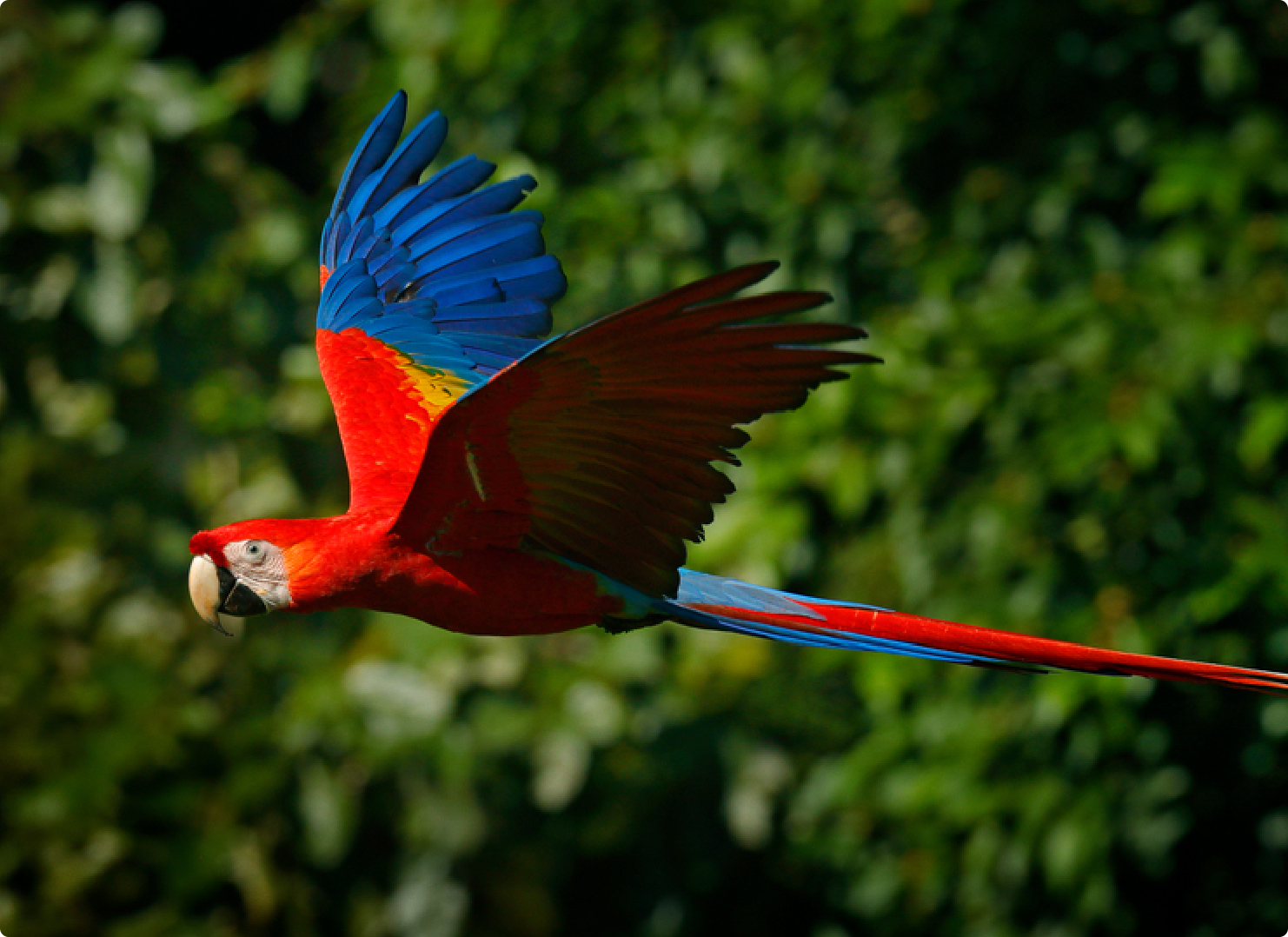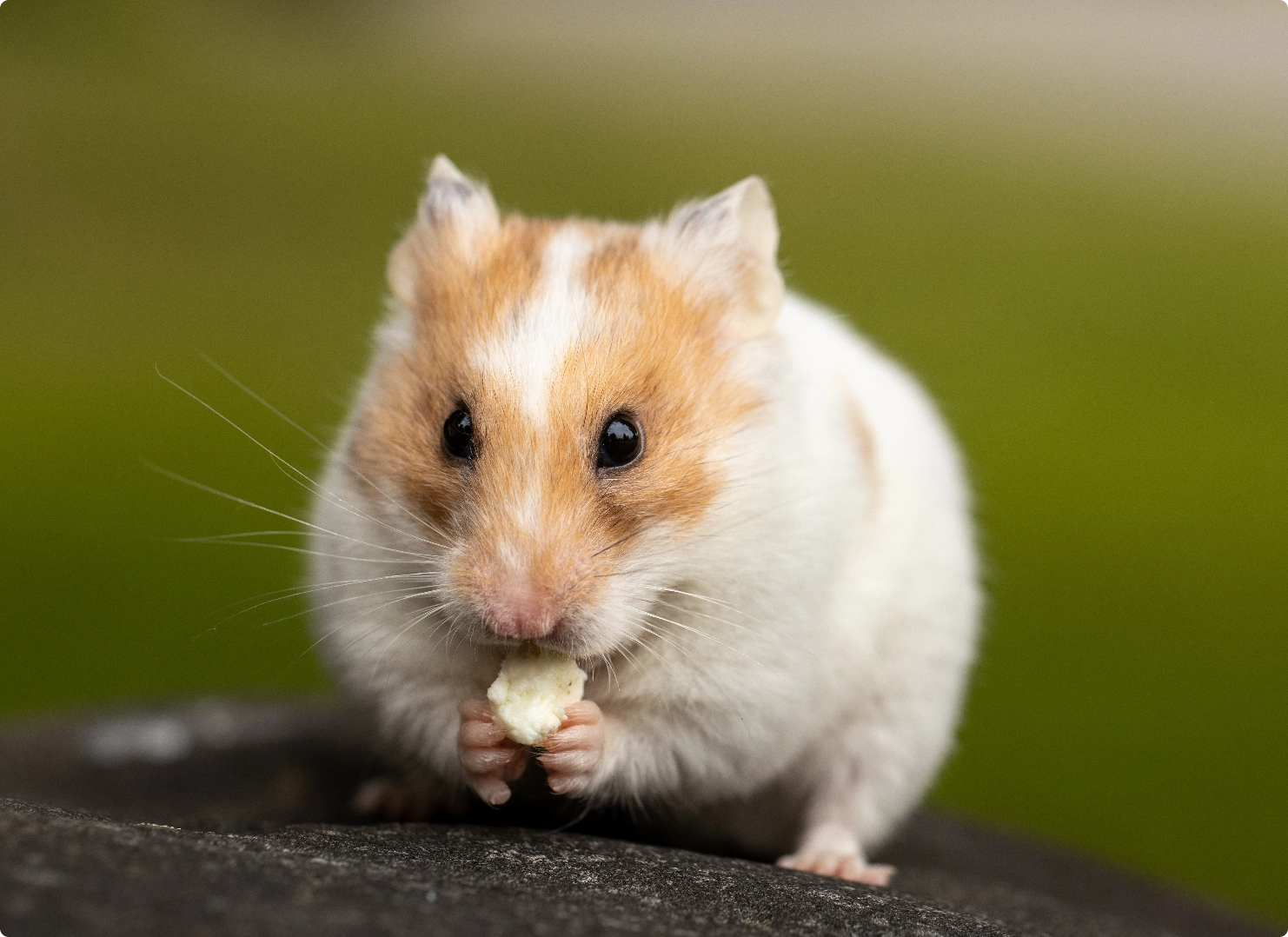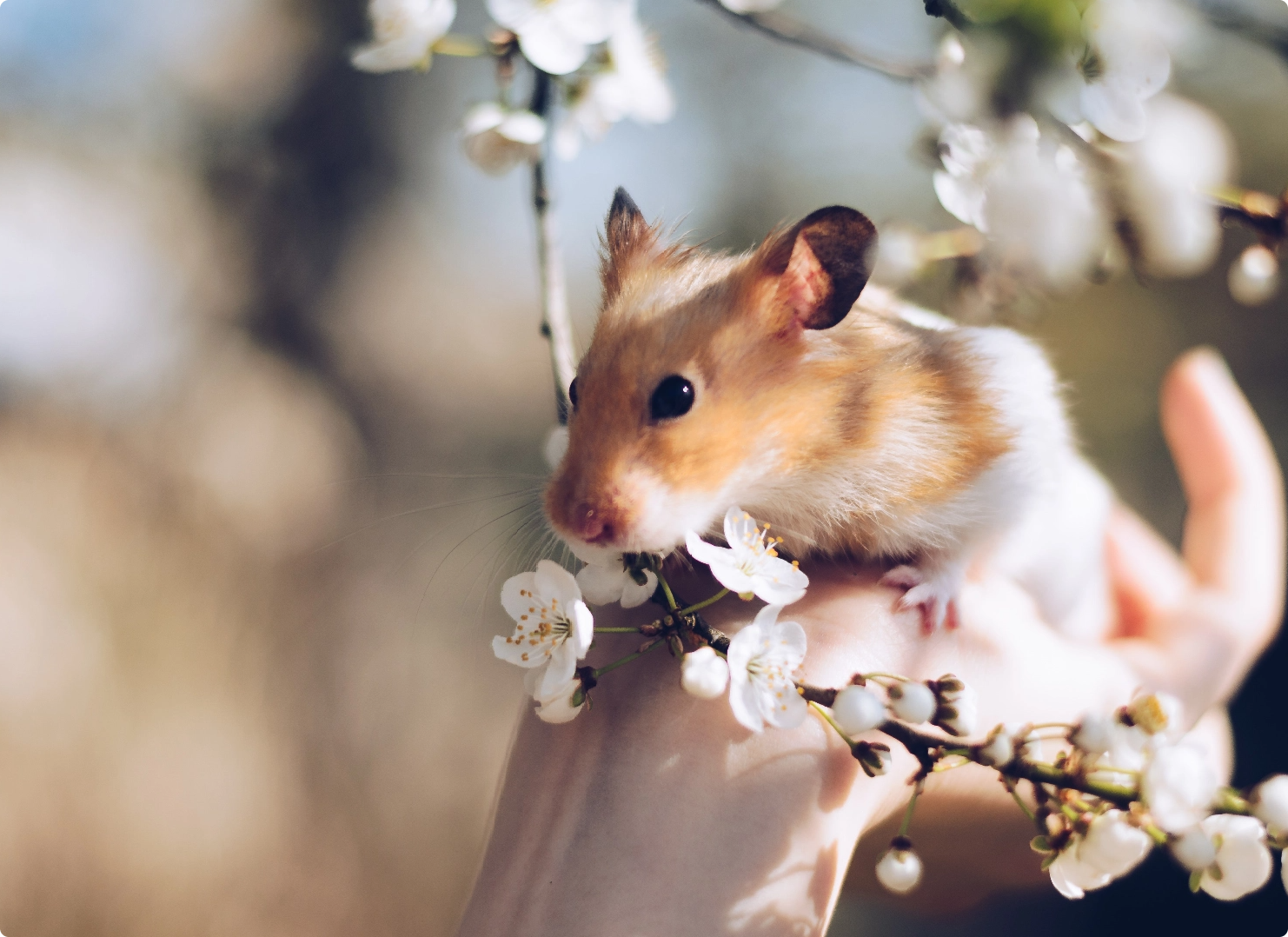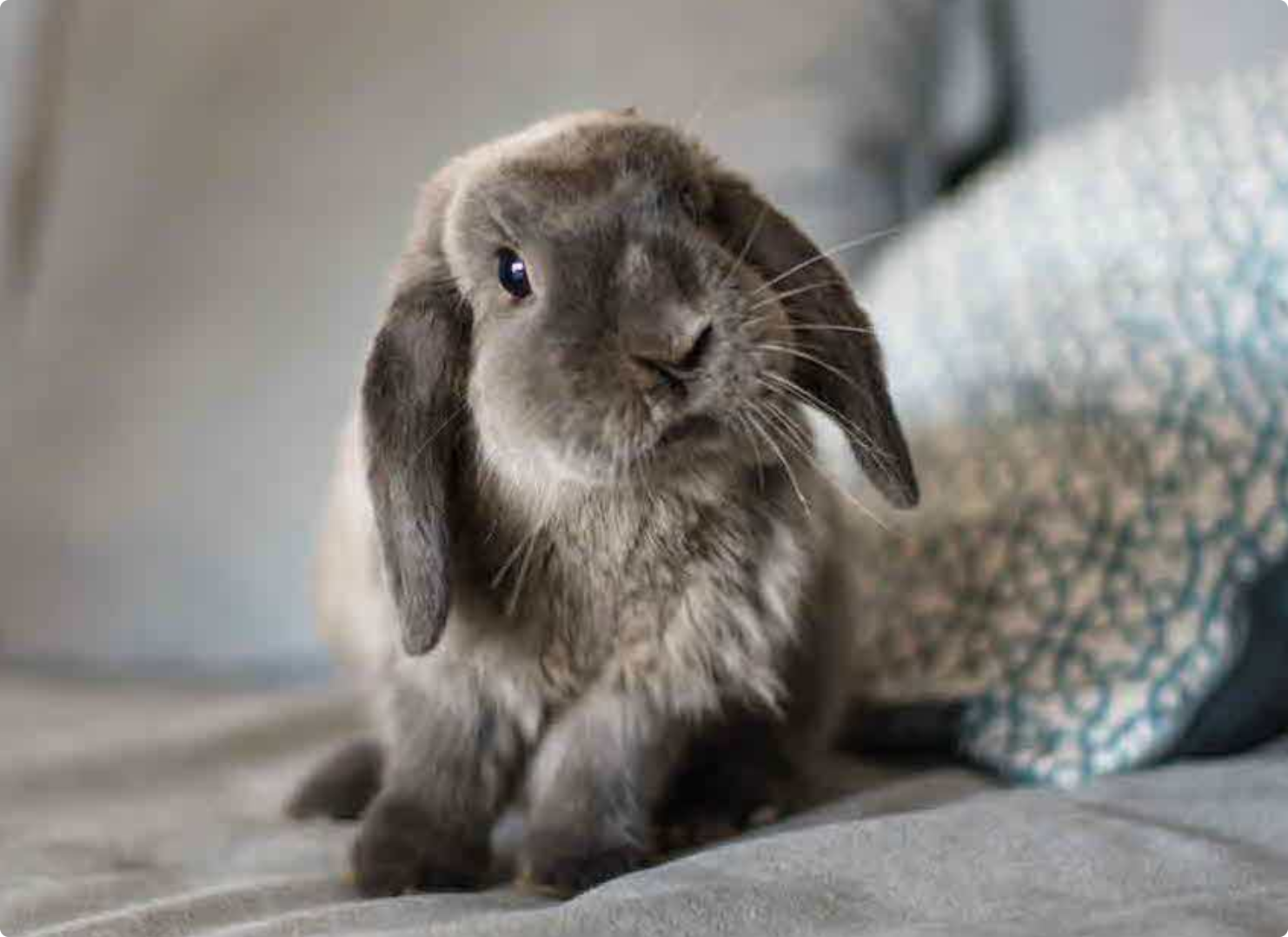
Learn about different birds species & how each is unique.



Learn about different birds species & how each is unique.
Every bird is unique
Birds are beautiful, highly intelligent creatures and for many years have been wrongly labeled as “low-maintenance” pets- but nothing could be further from the truth!
Every bird is unique and it is very important that you are aware of the specific needs of your pet.
Whether the bird you have chosen is a “Companion Bird” or an “Aviary Bird” we will tell you all you need to know to give your bird the best care.
Companion Birds
Companion birds are those which have bonded to a person and require a large amount of time with their ‘companion’. They often have spent their life indoors as part of the family.
They enjoy human company, may be often hand tamed and depending on their age and history, can continue to be trained.
Many parrots will commonly imprint on one member of the family or may tolerate females over males or visa-versa.
All members of the family should be aware of the bird’s needs, behaviors and training.
Aviary Birds
These birds have been born and raised in an aviary and have had little or no human interaction other than feeding and cleaning.
They will need a large protected aviary outside with room to fly short distances.
They may also need the companionship of another birds, and here we will tell you specific outlines for each bird.

Sex Determination
Some species of birds exhibit sexually dimorphic colourings meaning that you may tell their sex from their colouring or patterning e.g. Indian Ringnecks or Budgies. For those that are not, the sex of the bird can be determined by a specific DNA blood test.
Species
Different species of birds have different care requirements including varied diets, enrichment needs and housing requirements- just like dogs and cats! Familiarising yourself with your bird’s species will not only allow you to provide them with proper care but also give you an insight into their behavior, natural diet and the history of the species and the requirements of your new pet. .
Budgerigars & Cockatiels (small domestic native parrots)
Budgies and cockatiels are both small parrots native to Australia. These are the two most common species of birds kept as pets, they are both very social breeds of parrot and do well in pairs or with company, they are intelligent birds that require a variety of enrichment to keep them happy, healthy and entertained, and can be taught to talk and whistle.
Cockatiels in particular are great mimics especially with noises like the ring of a phone, an alarm clock or any other frequently heard tune, like all parrots they will be inclined to be noisy at dawn and dusk, and will trash anything that can be chewed up with their strong beaks.
They are seed eaters who enjoy a variety of seeding grasses, native weeds, fruit and vegetables, and formulated pellets to keep them healthy.
Life Span: 15 – 20 years depending on diet and husbandry.
Lorikeets- (small domestic native parrots)
The clowns of the parrot world. Lorikeets, like most parrots, are cheeky, inquisitive, playful and occasionally adorably idiotic which, when combined with their spectacular colours, make them popular as pets, despite their loud screeching at dusk.
There are over 30 species of Lorikeet worldwide that can be kept as pets.
Special requirements: Unlike other parrots, lorikeets are not designed to eat seed, they require a special diet of Lorikeet and Honey eater mix, Lorikeet pellets and soft fruit. As a result have particularly liquid excrement which can be objectionable to some, they are not suitable to be kept with other kinds of parrot species due to their specialist feeding requirements.
Life Span: Scaly breasted- up to 10 years
Conures (small exotic parrots)
These beautiful little parrots originate from Central and South America, but in type, temperament and behavior they are not unlike the smaller Australian parrots, gregarious and playful with a lot of personality, these guys need lots of attentions and plenty of enrichment.
Be aware that Conures have very loud, screeching voices for a bird their size and they aren’t afraid to use it!
Life Span: anywhere from 10-35 years
Lovebirds (small exotic parrots)
Lovebirds are a very social animal and do best when kept with others of their kind, because they are such social creatures, they are determined to establish their place quite literally in the pecking order, regardless of what form their “flock” takes: it might be other birds, pets or people!
For this reason, they can be a bit bossy, demanding and commandeering, they require lots of enrichment to keep them busy, they are cheeky little devils that are a delight to those prepared for their extra personality, but difficult for those who are looking for a quiet, docile pet.
Life Span: 10-15 years
Indian Ringnecks (small exotic parrots)
Indian Ringnecks are in general not particularly affectionate by nature and therefore can cope with minimal attention for a time – but this doesn’t mean they can be ignored! Like all parrots, these guys are social creatures and need lots of enrichment and interaction to be healthy and happy – and there are always individuals that are just as affectionate as other parrots. There are some that believe the reason for their supposed ‘indifference’ is that they have always been bred for their beautiful colour mutations rather than their qualities as a pet.
They are generally very stable and can bond strongly with their chosen people. However, if they are not socialized correctly the female will actively chase away anyone else from her chosen person while the male will just avoid them.
Life Span: 25 – 30 years on average, with ages of up to 50 years sometimes being achieved.
Quakers (small exotic parrots)
Originally from South America, the Quaker Parrot is a highly social bird with complex social structures and moderate noise levels (for a parrot), they are inquisitive and cheeky, often “talking” with a raspy, chattering voice although their ability to mimic human speech is said to be excellent.
They frequently bond very closely with just one person in their human family and are very loyal to that person. Internationally, they are known for their sweet, affectionate personalities and their comical antics but don’t be fooled they can be very naughty and can be very protective of their “domain”, they are recommended as good beginner birds if the bird has been hand-reared, they are weavers in the wild and will build intricate structures if provided with lots of ropes and vines suspended and left loose in their cage.
Life Span: 25-30 years.
Cockatoos, Galahs, Corellas (large exotic parrots)
This group of birds are desired more for their personality than looks. Cockatoos are globally renowned if well socialized as being among the cuddliest parrots you can keep; Galah’s are goofy, playful and loyal and Corella’s are considered the best ‘talkers’ of our domestic parrots and also the best biters!
They are all well known for being vocal: they will scream at dusk and dawn and often when they get excited during play. It’s a good idea to make sure that nobody within earshot is going to mind a screaming parrot being around before taking one on, checking with your neighbors and council bylaws is always a good start, these guys are much like the working dogs of the bird world – you must put their energy, intelligence and curiosity to use, because failure to do so will only lead to bad things for you and your bird.
They require a lot of time and enrichment to keep them busy while you are away, they like a varied diet of seeds, seeding native grasses, fruit, vegetables and branches to chew; they even like the odd grub! They are very long lived and require a significant commitment to take care of them: these aren’t a short-term pet!
Thinking forward to what happens after you are gone is important for their future.
Life Span: Cockatoos: 70 – 100 years Corellas: 50-60 years Galahs: 30-80 years
Alexandrine (large exotic parrots)
Despite their comparatively large beaks, they are generally regarded as a very gentle bird and their affectionate disposition is well known, Alexandrines aren’t suitable for absolute beginners, but they do make great pets for experienced and not-so-experienced bird owners alike.
Like any parrot they do require a considerable amount of time and commitment from anyone considering adopting one, they can be quite noisy and need to be thoroughly and consistently socialized all their life or they will develop issues like aggression, feather plucking and/or become one-person only birds. They are very intelligent and can be trained to do a number of tricks using food rewards; they require a lot of enrichment to keep them entertained.
Life Span: Approx. 30 years
Macaws (large exotic parrots)
These birds require special permits to keep and are definitely NOT for beginners. If handled incorrectly, Macaws can become very aggressive and inflict significant damage, their size means they are capable of dismembering digits like fingers, ears and toes!
Life Span: 50-90 years
African Grey (large exotic parrots)
These birds require commitment and stability, African Greys are very intelligent and bond very strongly with just one person, so it is vital to keep them well socialized all their life to prevent them from becoming shy and introverted with other people or aggressive. Sometimes an exotic bird license is required to keep this species.
Life Span: 50-90 years
Finches and Canaries
These are grassland birds that do better with lots of horizontal space rather than vertical space, they can be quite shy and easily excitable, they make quaint, inoffensive pets that usually do not upset the neighbors so are suitable for most households.
Finches usually do better in outdoor aviaries rather than indoors, but mouse-proof wiring is important to keep rodents out, or they will eat baby birds, eggs and even the birds themselves!
Special requirements: Grasses to hide/play in, Pesticide free grass and grass seeds such as chickweed, canary, millet and palm.
Life Span: 6-8 years





